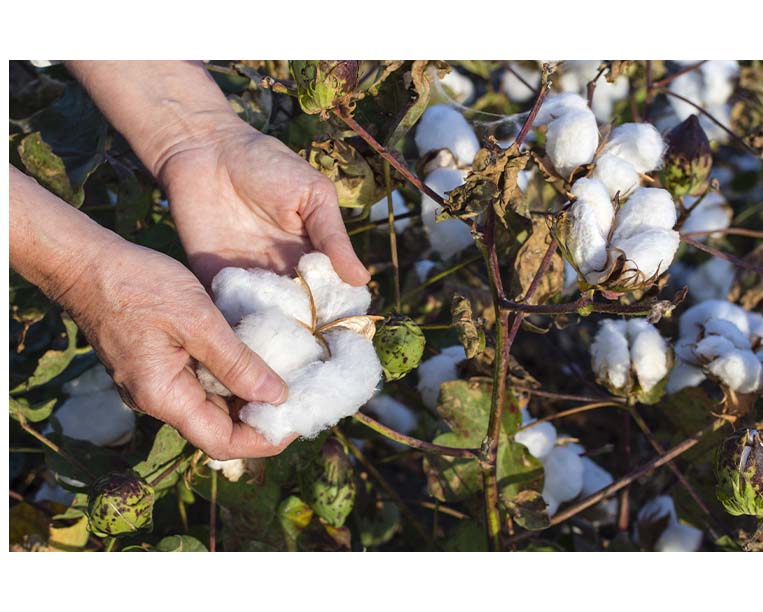In an era where sustainability is at the forefront of consumer consciousness, the textile industry faces increasing scrutiny regarding its environmental impact. As we strive to make more informed choices, understanding which fabrics have the lowest carbon footprint becomes essential. This article delves into the intricacies of fabric production, evaluates various materials, and highlights the most eco-friendly options available today.
Understanding Carbon Footprint in Textiles
The carbon footprint of a fabric refers to the total greenhouse gas emissions produced throughout its lifecycle, from raw material extraction to manufacturing, transportation, and disposal. Several factors contribute to a fabric's carbon footprint, including the type of raw materials used, the energy consumed during production, and the methods of cultivation and processing.
Evaluating Common Fabrics
- Cotton: While cotton is a natural fiber, its carbon footprint can be significant due to the extensive water and pesticide use in conventional farming. Organic cotton, however, presents a more sustainable alternative, as it is grown without synthetic fertilizers and pesticides, reducing its environmental impact.
- Polyester: Derived from petroleum, polyester has a high carbon footprint associated with fossil fuel extraction and processing. Although it is recyclable, the energy-intensive nature of its production makes it less favorable in terms of sustainability.
- Linen: Made from the flax plant, linen is often touted as an eco-friendly fabric. It requires less water and pesticides compared to cotton and has a lower carbon footprint. Additionally, flax is a hardy crop that can thrive in poor soil conditions, further enhancing its sustainability profile.
- Hemp: Hemp is one of the most sustainable fabrics available. It grows rapidly, requires minimal water, and can be cultivated without harmful chemicals. The carbon sequestration capabilities of hemp plants also contribute to a lower overall carbon footprint, making it an excellent choice for eco-conscious consumers.
- Tencel (Lyocell): Tencel is produced from sustainably sourced wood pulp, primarily from eucalyptus trees. The closed-loop production process recycles water and solvents, resulting in a significantly lower carbon footprint compared to conventional fabrics. Tencel is biodegradable and offers a soft, luxurious feel, making it a popular choice among environmentally conscious brands.
The Champion: Which Fabric Has the Lowest Carbon Footprint?
Among the various options, hemp stands out as the fabric with the lowest carbon footprint. Its cultivation process is inherently sustainable, requiring minimal resources and contributing positively to soil health. Furthermore, hemp's ability to absorb carbon dioxide during its growth cycle enhances its eco-friendly credentials.
The Role of Innovation in Sustainable Fabrics
As the demand for sustainable textiles grows, innovation plays a crucial role in reducing the carbon footprint of various fabrics. Brands are increasingly exploring alternative materials, such as:
- Recycled Fabrics: Utilizing post-consumer waste, such as plastic bottles, to create new textiles can significantly lower carbon emissions associated with raw material extraction and processing.
- Bio-based Fabrics: Innovations in biotechnology are leading to the development of fabrics derived from agricultural waste or even lab-grown fibers, which promise to reduce reliance on traditional resource-intensive materials.
Making Informed Choices
As consumers, we hold the power to influence the textile industry through our purchasing decisions. When seeking fabrics with the lowest carbon footprint, consider the following:
- Research Brands: Look for companies that prioritize sustainability and transparency in their supply chains.
- Opt for Natural Fibers: Whenever possible, choose natural fibers like hemp, linen, or organic cotton over synthetic options.
- Support Recycling Initiatives: Consider purchasing garments made from recycled materials, which help reduce waste and lower overall carbon emissions.
Conclusion
In conclusion, the quest for the fabric with the lowest carbon footprint leads us to hemp, a versatile and sustainable option that aligns with eco-conscious values. As the textile industry evolves, embracing innovation and making informed choices will be crucial in reducing our environmental impact. By prioritizing sustainable fabrics, we can contribute to a healthier planet while enjoying high-quality, stylish textiles.

